Review of Laurel & Hardy: No. 6 Murder In The Air Classic Shorts
Introduction
"Murder In The Air" is Disc Six of the 21-disc "Laurel and Hardy" collection released by Universal and contains "The Laurel-Hardy Murder Case", "Berth Marks" and "Oliver The Eighth". These three sound shorts are presented in both fully restored black-and-white and unrestored-but-colourised. Also on the disc is the restored black-and-white Spanish Language version of "Murder Case" "Noche De Duendes" where Stan and Ollie do their own dialogue (which they learned phonetically and recited back).
"The Laurel-Hardy Murder Case" [1930] (and "Noche de Duendes") concern Stan`s claim to inherit the $3million estate of Ebeneezer Laurel. Arriving at the mansion during a storm, they discover the local police chief reckons one of the relatives bumped off the old man to inherit the fortune. And worse, they have to stay the night with a homicidal maniac on the prowl.
"Berth Marks" [1929] sees the Boys catching the train to Pottsville for a vaudeville engagement and a series of misunderstandings. Included in the cast list, in a small part, is Paulette Goddard.
"(The Private Life Of) Oliver The Eighth" [1933] is a three-reeler where barber Ollie dreams of marrying a wealthy widow. Unfortunately she turns out to have bumped off seven previous husbands - all called Oliver. This is horror-comedy at its best, with whacked-out performances from the merry widow (Mae Busch) and her butler (Jack Barty). This is the one where Ollie rigs a brick and a candle to ensure Stan doesn`t fall asleep while on guard duty.
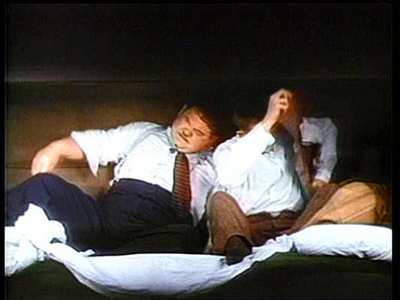
Video
It`s pretty much a miracle that these movies have survived this long, so you shouldn`t expect the same about image quality. It`s still saddening to see the ravages of time on these wonderful old short-subjects, once the backbone of cinema performances of the 1930s. When you compare the print quality of "The Laurel-Hardy Murder Case" (1930) with the almost contemporary original Universal "Frankenstein" (1931), it is appallingly evident which has been taken more care of. For a number of years, the original negatives of the Laurel and Hardy shorts had either been mouldering away in private storage as part of the Hal Roach estate, or mouldering away in the Library of American Congress. Either way, things were getting scary when KirschGroup took control of the films as Eastern Hemisphere copyright holders. The films have all undergone serious restoration and preservation work and are now stored safely under state-of-the-art archiving conditions. Brand new safety masters have been struck of all the material and this release is part of the result.
Presented (naturally) in their original Academy Frame aspect ratio of 1.33:1, there are three levels of restoration on this collection of discs. Firstly there are the sound shorts made between 1929 and 1939. These have been in regular circulation ever since and there is a good deal of wear and tear about the original negatives. Rather than indulge in a digital makeover (which would produce a largely synthetic image), the films have been cleaned and remastered. Some wear and tear remains, but the films are a good deal improved over earlier copies.
For comparison, the colourised versions of the sound shorts are included in the collection. These were made prior to the restoration project and the results are ugly. The colourised versions were made from broadcast videotape copies of the films, rather than striking new film masters, and in the US NTSC colour standard. Colourisation has never been a really satisfactory process and the nature of the Laurel and Hardy shorts only makes the shortcomings of the process more obvious. A direct comparison between the versions demonstrates that the restorations present the entire frame as shot. The colourisations are very definitely cropped, losing wide margins on all sides of the frame. The colours are blotchy, tend to bleed or recede and titles have been freeze-framed so that the underlying film grain (and sadly the films are by nature grainy) freezes disconcertingly. NTSC to PAL transcoding has also added to the mess, and confusingly means that the colour versions run slightly longer than the fully restored black-and-white versions on the disc because PAL speedup only applies to direct film-to-video transfer not standards conversion.
The colour versions should only be watched to see the state the films had got into prior to restoration. They are not the way to remember the Boys.
Lastly and most importantly included in the set are the silent shorts. These were made between 1920/7 (depending on your viewpoint of when the Boys started working together) and 1929. The silents include some of the Boys` greatest slapstick performances, and while disc six does not include any silent shorts other discs in the collection contain classic 2-reelers such as "Liberty", "Two Tars" and the Boys` signature picture "Big Business" where they take on their old sparring partner Jimmy Finlayson in a wrecking spree. The silents, which have suffered more than the sound shorts for wear and tear and bad handling, vary in quality. All the titling on the silents has been spruced up with period-styled intertitles where needed, and an authentic accompaniment soundtrack added.
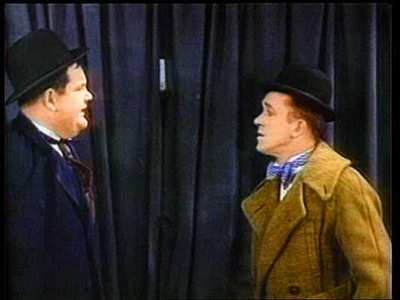
Audio
There`s little you can do with material this old to make it sound any better. Sensibly, the mono soundtrack has been transferred to Dolby Digital 2.0 mono rather than centre-channel DD1.0 (true mono).
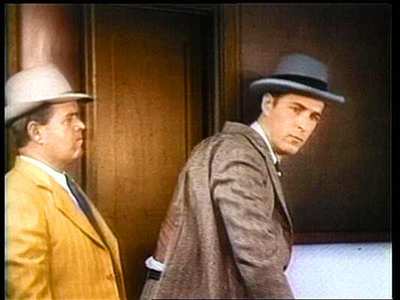
Features
Although the films are fully subtitled for the hard of hearing, there are no extras on the disc to speak of, unless you count the colourised versions as such. With two versions of each title to the disc, there are almost three hours of material to start with; and of course the usual extras fare for material of this vintage is nonexistant.
Personally, I would have preferred to see the colourised versions offered as an alternate angle to the restored versions rather than run as separate material on the disc.
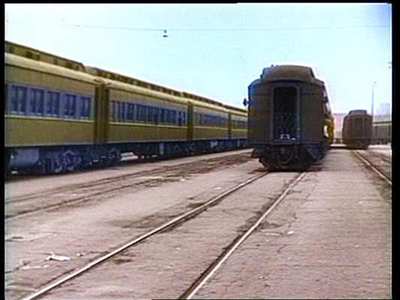
Conclusion
For my money, you can keep Charlie Chaplin. The greatest clowns of the silent/ early sound film era were Stan Laurel and Oliver Hardy. Working for comedy producer Hal Roach and MGM, Laurel (the thin one) offscreen was the brains of the outfit, writing many of their scripts. Hardy (known as "Babe" offscreen) was content to do the acting and the film partnership of "the Boys" lasted up to 1950.
Universal have released virtually the entire screen legacy of these comedy giants in "The Laurel and Hardy Collection", twenty discs containing every surviving silent and sound short-subject Stan and Ollie made for Hal Roach and MGM. **There are a few Public Domain features and the Fox features the Boys made towards the end of their career not included in the set**
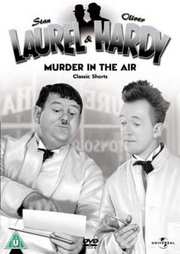




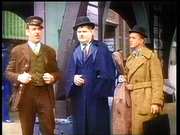
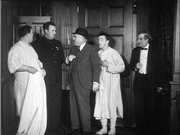
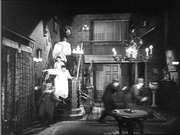
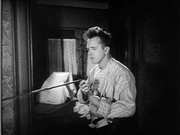
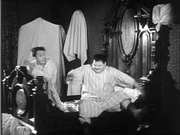
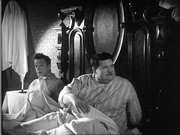
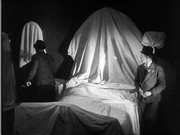
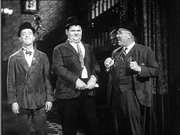
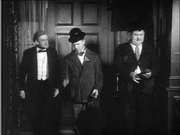
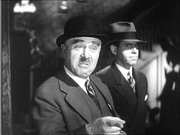
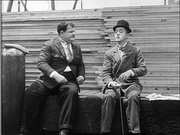
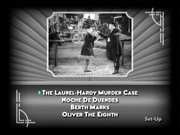
































Your Opinions and Comments
Be the first to post a comment!